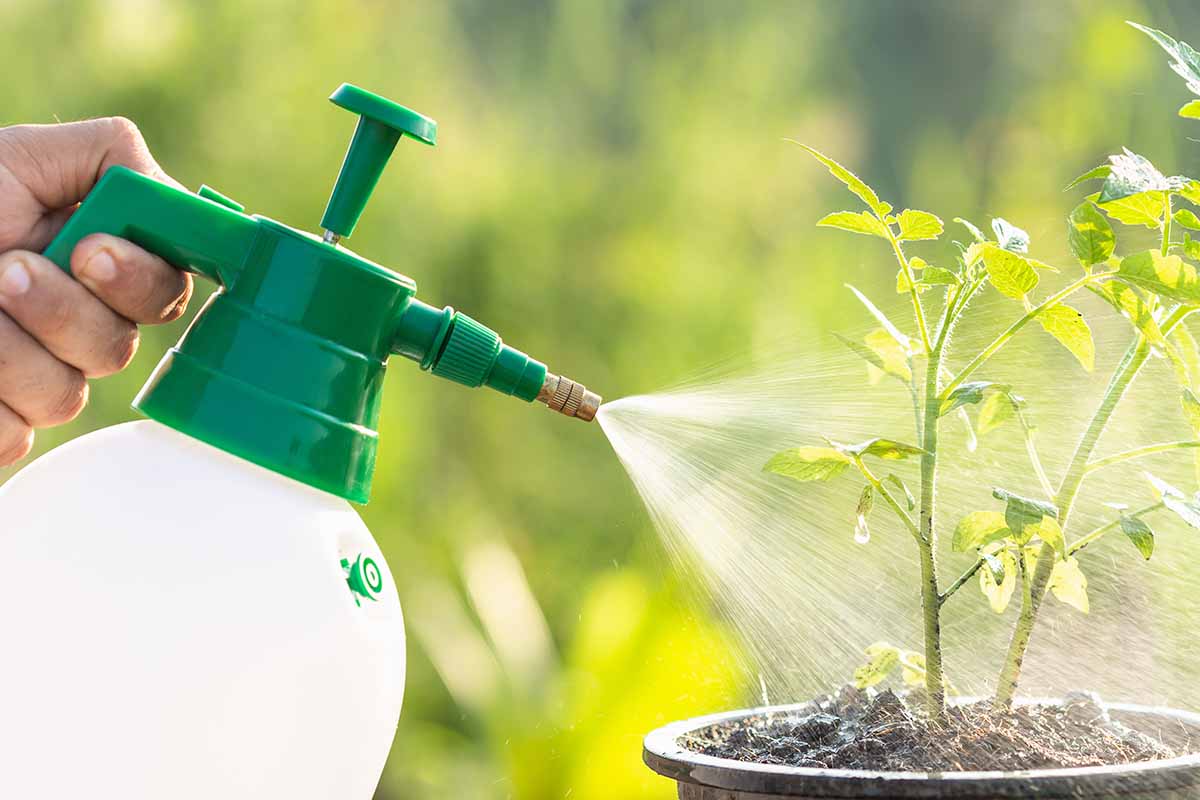Container gardening has grown in popularity, especially among those who want to cultivate vegetables in limited spaces such as patios, balconies, or small urban gardens. However, growing vegetables in containers presents its own unique set of challenges. Since the plants are confined to a limited amount of soil, nutrients can quickly become depleted, which is why liquid fertilizers are essential.
What Are the Benefits of Using Liquid Fertilizers for Container Vegetables?
Choosing the right fertilizer is essential for growing thriving vegetables in containers, and liquid fertilizers offer several key advantages over other types of fertilizers. Whether you’re a beginner or an experienced gardener, understanding the benefits of using liquid fertilizers can help you make better decisions for your container garden.
Here are some of the most significant benefits of using liquid fertilizers for container vegetables:
1. Faster Nutrient Uptake
One of the greatest advantages of liquid fertilizers is their ability to deliver nutrients directly and immediately to the plant’s root system. Unlike slow-release granular fertilizers that need time to break down and be absorbed, liquid fertilizers provide almost instant access to nutrients. This makes them ideal for container vegetables that may show signs of nutrient deficiency, as they can quickly correct imbalances and support healthy plant growth.
For example, if your container-grown tomatoes are showing signs of nitrogen deficiency (yellowing leaves), applying a liquid fertilizer rich in nitrogen can restore their vibrant green color in just a few days.
2. Tailored Nutrient Balance for Different Growth Stages
Different vegetables and various growth stages (such as seedling, vegetative, flowering, and fruiting stages) require specific nutrient balances. Liquid fertilizers give you more control over the ratio of nutrients you provide, allowing you to adjust the mix depending on what your plant needs.
- High Nitrogen Fertilizers: Best for leafy vegetables like lettuce and spinach, particularly during the early stages of growth.
- High Phosphorus and Potassium Fertilizers: Ideal for flowering and fruiting vegetables like tomatoes and peppers. These help the plant produce strong roots and support the production of fruits.
With liquid fertilizers, you can easily switch up your feeding formula to match your plant’s specific needs at different points in its life cycle.
3. Easy to Adjust Dosage and Frequency
Liquid fertilizers offer a level of flexibility that is difficult to achieve with granular or slow-release fertilizers. You can easily control how much and how often to feed your plants by adjusting the concentration of the liquid fertilizer and the frequency of application.
For instance, if you notice your plants are growing slowly or showing signs of deficiency, you can increase the frequency of application or make the mixture slightly stronger. On the other hand, if you suspect overfeeding, it’s easy to dilute the fertilizer and feed more sparingly. This flexibility is key for container vegetable gardening, where over- or under-feeding can have an immediate impact on plant health.
4. Easy Application
Liquid fertilizers are also incredibly easy to apply. You can simply mix them into your watering routine, making it efficient for busy gardeners. Because liquid fertilizers are soluble, they blend seamlessly with water, ensuring that they are evenly distributed throughout the soil in your container.
The ease of application makes liquid fertilizers a preferred choice for container gardeners, as it takes minimal effort to feed your plants consistently and effectively.
Advantages of Liquid Fertilizer vs. Granular Fertilizer for Container Vegetables
| Factor | Liquid Fertilizer | Granular Fertilizer |
|---|---|---|
| Nutrient Delivery Speed | Immediate (quick absorption) | Slow (requires breakdown) |
| Control Over Nutrient Mix | Easy to adjust based on growth stage | Harder to modify once applied |
| Ease of Application | Simple to mix with water | Must be applied separately |
| Risk of Overfeeding | Can be easily diluted | Higher risk if too much is applied |
| Frequency of Application | Requires more frequent feeding | Can be applied less often |
5. Reduced Risk of Nutrient Imbalance
Since liquid fertilizers allow you to control the exact amount of nutrients your container vegetables receive, there is less risk of creating nutrient imbalances. With granular fertilizers, it can be difficult to ensure that nutrients are evenly distributed in the soil, leading to areas of deficiency or over-concentration. Liquid fertilizers dissolve evenly in water, ensuring that every part of the plant’s root system gets an equal share of the nutrients.
This is especially important for vegetables that are sensitive to nutrient imbalances, such as peppers, cucumbers, or squash. If these vegetables receive too much of one nutrient (like nitrogen), it could lead to stunted growth, fewer fruits, or susceptibility to disease.
Liquid fertilizers offer significant benefits for container vegetable gardening, from faster nutrient absorption to customizable feeding schedules. Their ease of application and control over nutrient balance make them a top choice for anyone growing vegetables in limited space. By choosing the right liquid fertilizer, you can ensure your container vegetables are receiving the nutrients they need for each stage of growth, leading to healthier plants and better yields.


